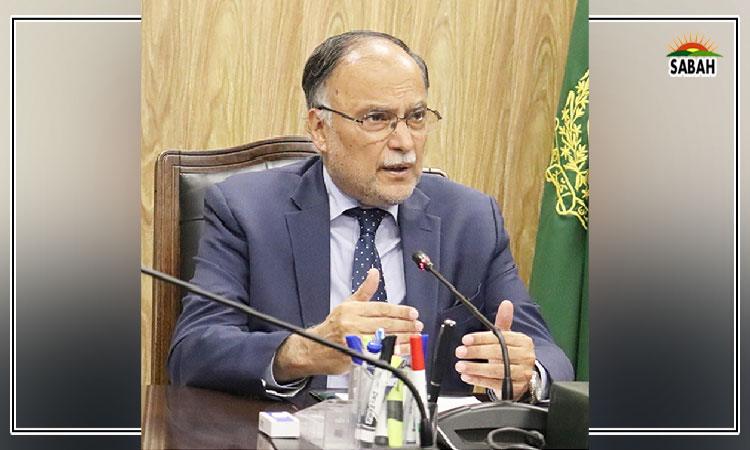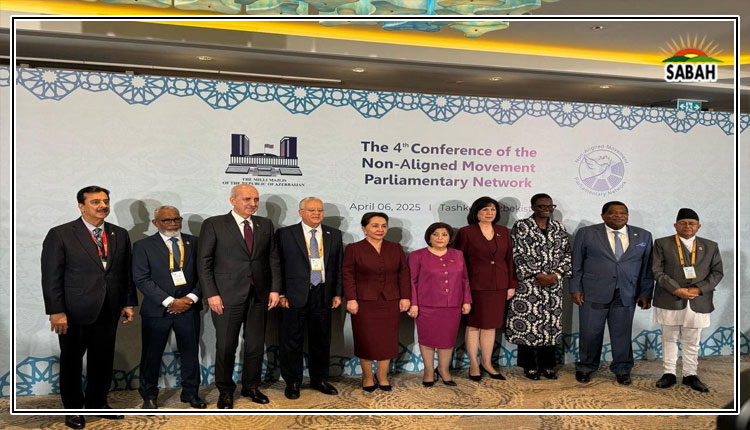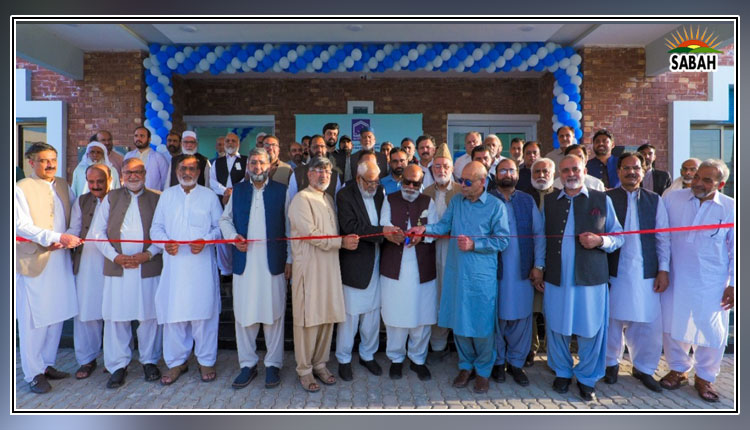Misery theatre … Rafia Zakaria
IT is well known that various social media platforms — from YouTube to Instagram — provide us a glimpse of lives that are very different from our own. We can see what the daily life of an office worker in Tokyo is like or how a woman survives in a small cabin near the Arctic circle. These videos — especially when they are viewed by people far away from where the content producers themselves live — fill us with wonder and awe. These sorts of visual explorations are not too old; previously, the best we could do was to imagine them through books or experience them through films and documentaries.
However, many of us are now more interested in the lives of those who live near us — the celebrities, influencers, and content creators in our own city or country. Not too long ago, most presented positive content — birthdays, weddings, and shopping videos along with ‘unboxing’ and ‘hauls’ where the items purchased are shown to viewers and used to attract sponsors. Young women showed their obsession with skincare and make-up tutorials and ‘GRWM’ (‘get ready with me’) videos. Sports talk and travel videos were more popular with men. These were (and still are) situations that tracked life according to a plan and schedule — they were familiar but still interesting in their everyday monotony.
More recently, a different genre has emerged in keeping with the spirit of oversharing that is encouraged by all these social media platforms. People have begun to share not only the usual events — ie, the happy occasions in their lives — but also events that are extremely sad, even catastrophic.
In some cases, content creators already producing material for these platforms have themselves been struck by illness or sudden misfortune, which they have decided to turn into material for their channel. However, in many other cases, people who were not documenting their lives online have started to make a visual log of, for instance, their cancer journey, providing information about their diagnosis, their discussions with doctors, the details of their chemotherapy, etc. Even more centrally, they provide a blow-by-blow account of how they feel through the ups and downs of the entire process. The viewer gets pulled into the process — waiting as anxiously as the patient for the outcome of medical tests, biopsies, and operations.
From the patients’ perspective, this sort of content-sharing is probably useful. The prayers, wishes and hope they receive from others with similar problems can be a motivating factor and provide some light at the end of the long tunnel that they must traverse. Such sharing can also help dispel fears and myths about their disease and raise awareness.
For example, a man who ran a blog providing health and fitness advice to men who followed him or who worked out in the same gym as his was diagnosed with a rare type of cancer. In the weeks that followed, he began to share information with his viewership about his sudden diagnosis. He also admitted that since he began to document his cancer journey on YouTube, his following had increased by tens of thousands.
But the problem with sharing health issues of this sort lies in the possibility of giving medical misinformation that could actually harm viewers who have been diagnosed with the same disease. This could come in the form of promoting drugs or treatment that may not be appropriate for another patient. Social media platforms like YouTube have pledged to restrict such misinformation — often amplified by dubious testimonials — but regulation in an era of mass content, eagerness to share and viewer gullibility is not always easy to achieve.
Besides, it is not just bad news about illness that people are sharing; rejection is another theme that attracts followers in their thousands. For instance, students have begun to record their reactions at being refused admission by top universities. Women have posted about being rejected by men because they are overweight. Each has a different reason to showcase their feelings of alienation or ‘unfair’ treatment — perhaps to win sympathy or present themselves as survivors. But the question is more about why the rest of us continue to consume these stories of misfortune, of impending death or rejection, with such gusto — including those who are in the pink of health and those whose educational and weight journeys have not been filled with disappointment? Why do we allow an emotional connection to be formed with those we do not personally know?
Part of the reason might be that this kind of content is our own version of a Greek tragedy, where terrible things happen to someone else, while we remain riveted to our seats, as we follow events or stories that could have been our own. The sick people whose detailed stories we consume do not require us to find the treatments that make them well again. Similarly, we do not have to help an overweight person shed pounds, or even rectify an embarrassing situation afflicting a random content creator.
Because we do not have to do all this, we can wait to see how it all ends. In many cases, sick people get well and we are happy for them, undergoing our own catharsis when they win their battle against disease. In other instances, the tragedy is that the cancer patient does not survive, and we record our feelings on ephemeral life.
As we convert more and more of our experiences into visual media for sharing platforms we create new forms of performance. The misery theatre deals with events whose modes of production and dispersion may be new, but whose emotional content is as old as Greek tragedy itself.
Courtesy DAWN












